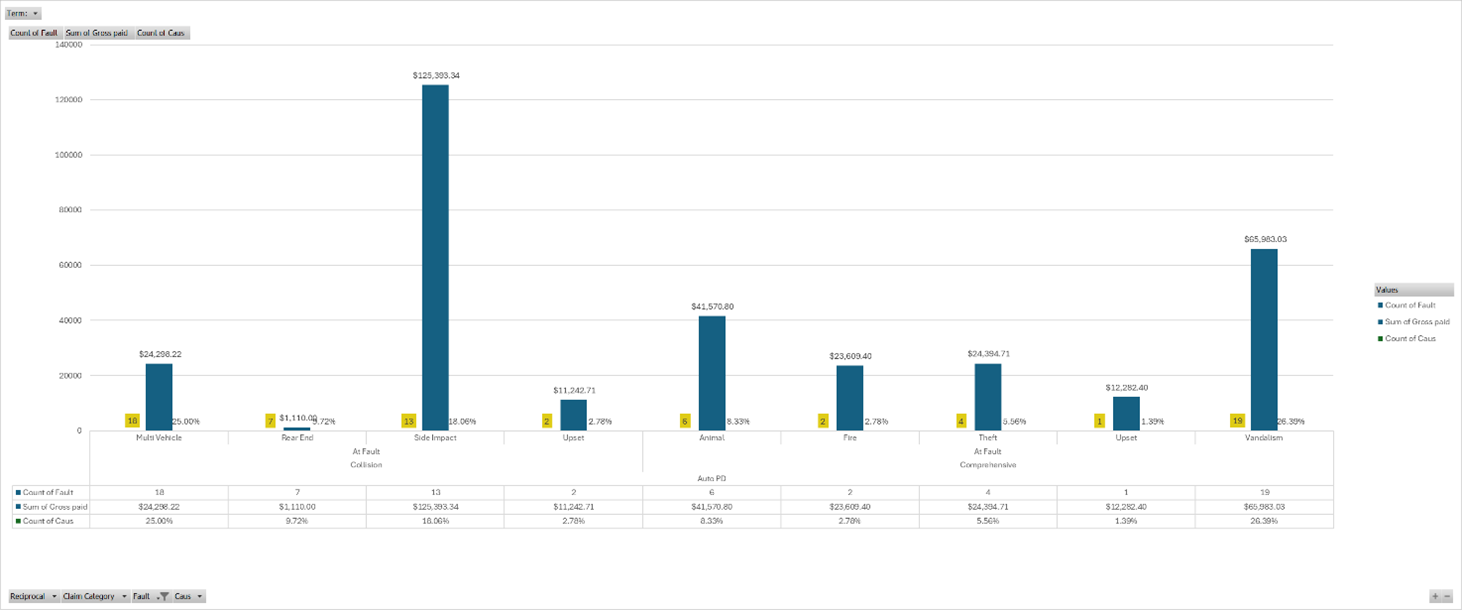Schools have a unique exposure to fleet-related claims as some bus drivers are contracted out. Many people think of fleet safety as the prevention of damage to vehicles, but claims can have a devastating impact on so much more. A lack of fleet safety can result in property damage, injury or death, public relations nightmares, and more.
Putting together an effective fleet safety program or reviewing and updating one already in place is critical to employees and public safety. Here are some key elements that should be considered:
- Strong hiring practices: Requiring an abstract from any new potential employee prior to hiring them gives a snapshot of driving history and can highlight areas that a potential employee can improve before driving your vehicles.
- Regular driver checks: We always recommend pulling abstracts for all employees annually, regardless of the potential amount of driving. This allows you to see if a license is active and take action if an employee is not allowed to drive, such as reassigning duties. It also allows you to have a discussion with the employee about your organization’s expectations when the employee operates your vehicles.
- Sufficient training: Drivers in Alberta are required to operate vehicles in many different types of weather and road conditions. Regardless of experience, we can all use additional training to ensure that our skills are up to date. Training can include online courses or classroom instruction.
- Conduct walkthroughs: As part of your policy, conduct a walk-through inspection of buses before and after each trip. This helps prevent any students or belongings being left behind. If a student is left behind, what is the protocol to get this student back to their family safely?
Reviewing your Fleet Safety Program
When putting together or reviewing your fleet safety program, answer the following questions:
- Was the policy established with input from key stakeholders, including employees?
- Has the program been communicated to all employees?
- Do employees receive regular reminders about safety practices?
- Is there buy-in from all management?
- Is the policy uniformly enforced?
- Is it time for an update?
Historical Data from RMA Insurance Claims
Did you know that 78.5% of School Bus Claims may have had a preventable outcome?

55.56% of at fault claims were collision related. At fault collisions are one of the most preventable types of losses. These types of claims can be attributed to attention to surroundings, knowledge of the type of vehicle being operated, and the size of the vehicle. To help prevent these types of claims, here are some tips that can be implemented:
- When an at fault accident occurs, is there any progressive discipline action policy in place to help prevent it from reoccurring?
- Is driver training provided after an at fault collision?
- Are regular drivers abstracts obtained to ensure drivers are operating vehicles in a safe manner?
- What is an acceptable number of citations?
- Are there any citations that are not acceptable? For example, a DUI, or distracted driving.
26.39% of at fault claims over the last 5 years were due to vandalism. Here’s how you can prevent these from happening:
- Ensure buses are parked in a security lot at night
- Ensure adequate lighting in the secure lot
- Consider adding additional security measures such as cameras and motion sensors to the lot
Winter Tips
When winter approaches, here are some tips to ensure the safe operation of vehicles:
- Clear off any snow and ice before driving. If snow has fallen since your car was parked, take the time to thoroughly brush it off the vehicle, including the roof, and scrape any ice from the windows. “Peephole driving” through a small, clear spot on your windshield reduces your visibility and is very dangerous.
- We always recommend the use of snow tires throughout the province regardless of geographical location.
- In the event of a winter incident on the roadways, it’s always a good idea to have an emergency kit on-hand. These can be purchased from most local hardware stores.
- Allow longer braking distances. In winter weather, plan on starting your braking sooner than you normally would in dry conditions to give yourself extra room. Additionally, use more gentle pressure on the brake pedal.
- Be extra wary of other motorists. They may not be driving as cautiously as you, so leave extra space, avoid distractions, and be predictable. 28% of rear end collisions are due to following too close.
There are plenty of options when it comes to driver safety. Start by assessing your current program and have an idea of what you want to accomplish.
We are always here to help. Please contact RMA Insurance if you have any questions or need additional information regarding fleet safety. The RMA Risk Team can be reached at risk@rmainsurance.com.

